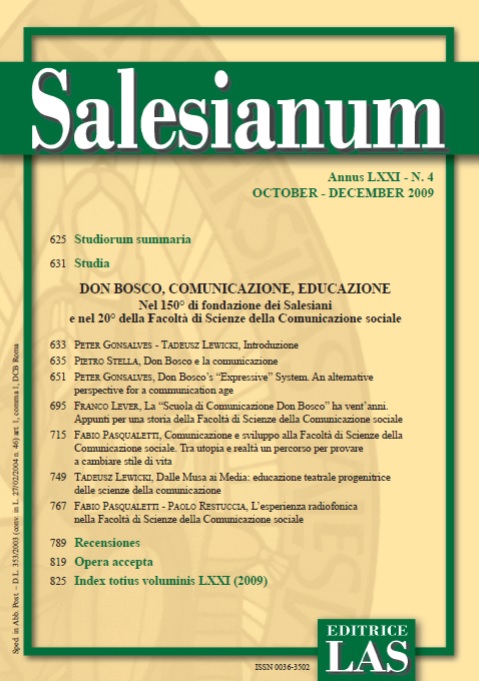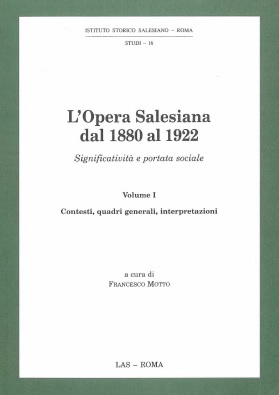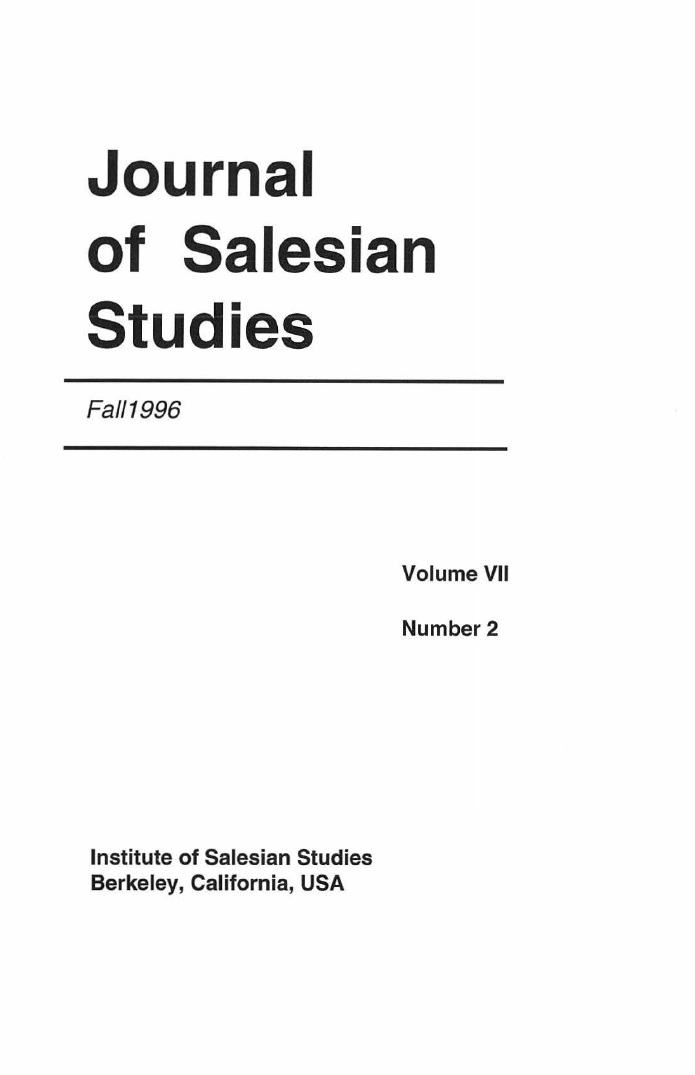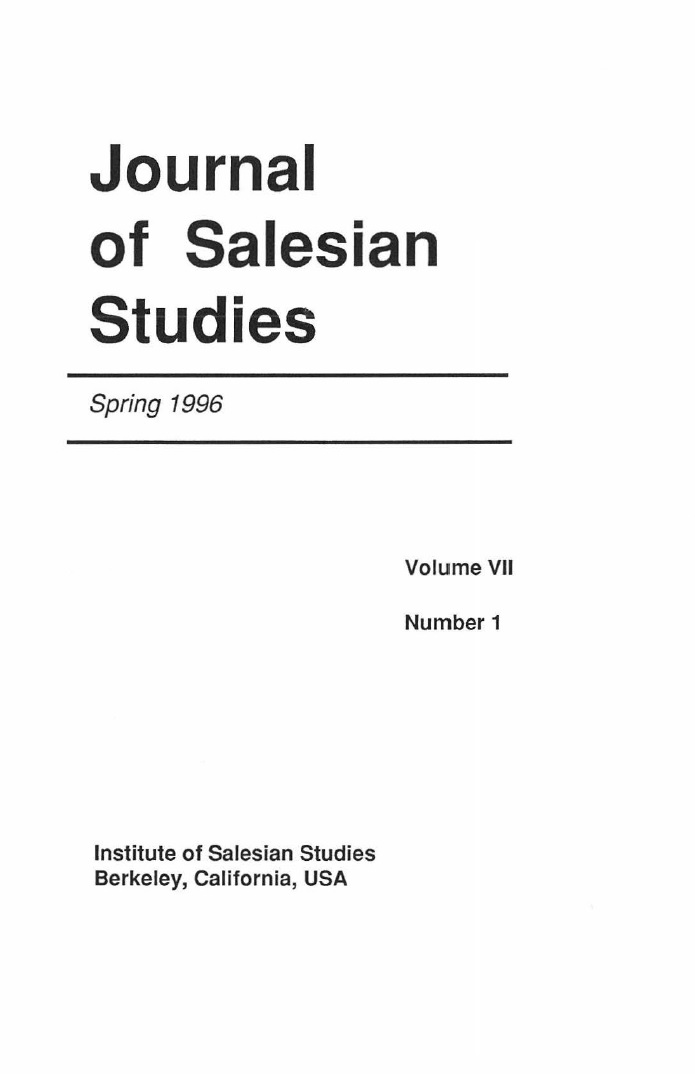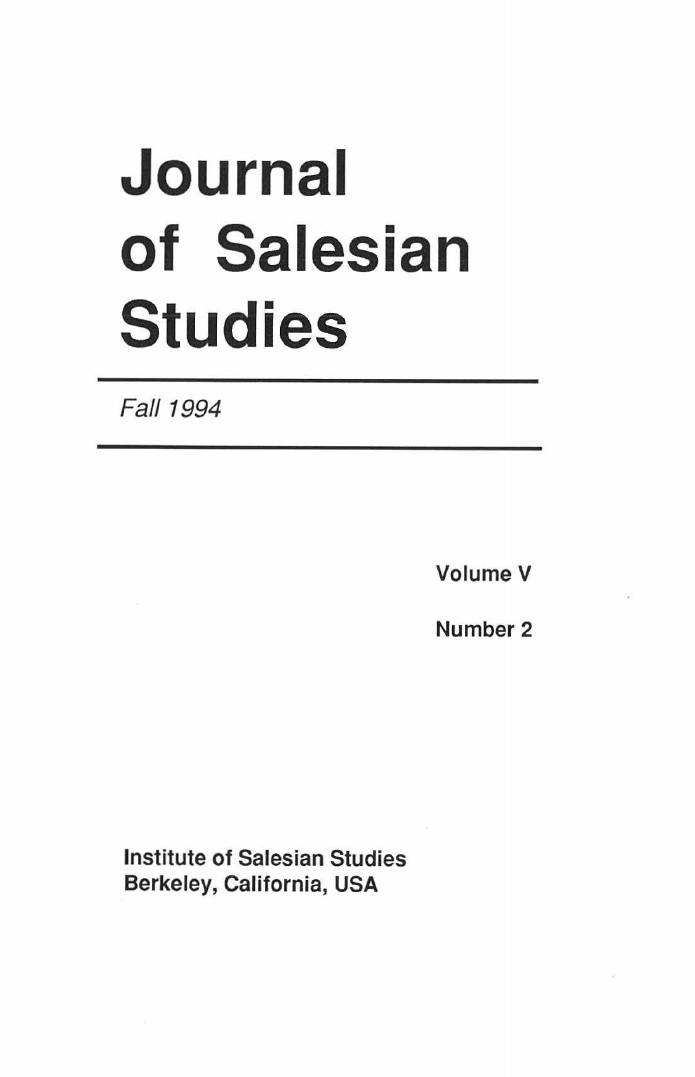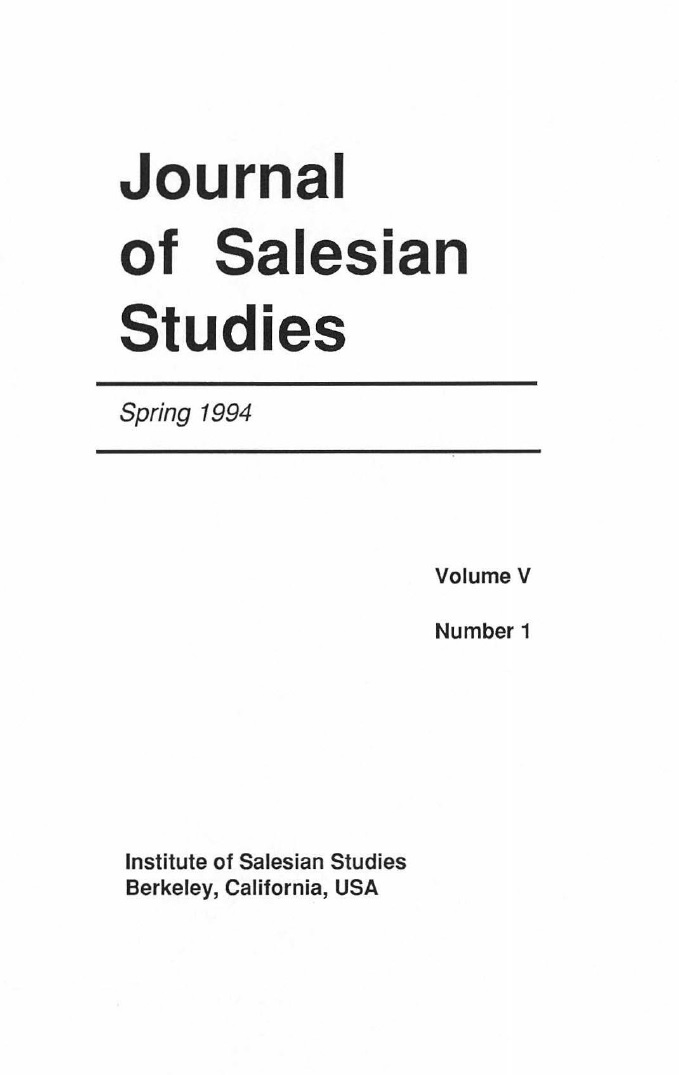Si tratta di un testo inedito, scritto da don Pietro Stella come contributo al Dizionario della Comunicazione messo in cantiere dalla Facoltà di Scienze della Comunicazione sociale alla fine degli anni ’90.
Continue reading “Pietro Stella – “Don Bosco e la comunicazione” in “Salesianum””
